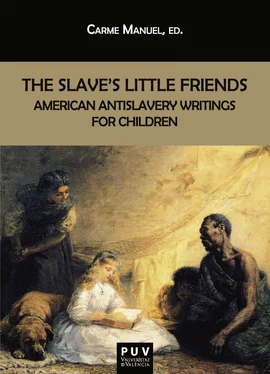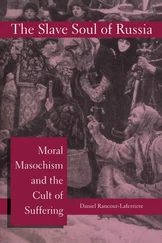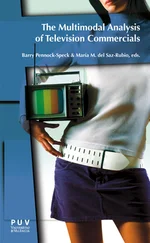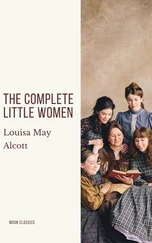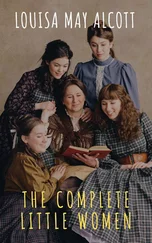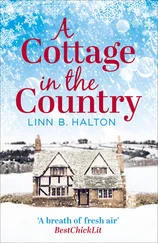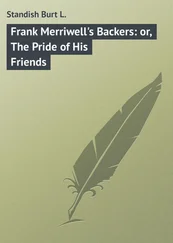Schlesinger, Elizabeth Bancroft. “Two Early Harvard Wives: Eliza Farrar and Eliza Follen.” The New England Quarterly 38.2 (June 1965): 147-167.
Schweinitz, Rebecca de. “‘Waked Up to Feel’: Debating Childhood, Debating Slavery in Antebellum America.” Childhood and Youth during the Civil War Era . Ed. James Marten. New York: New York University Press, 2012. 13-28.
Shectman, Jonathan. Bound for the Future: Child Heroes of the Underground Railroad . Santa Barbara, Calif.: Praeger, 2012.
Sheller, Mimi. “Bleeding Humanity and Gendered Embodiments: From Antislavery Sugar Boycotts to Ethical Consumers.” Humanity: An International Journal of Human Rights, Humanitarianism, and Development 2.2 (Summer 2011): 171-192.
Sledge, Martha L. “‘A is an Abolitionist’: The Anti-Slavery Alphabet and the Politics of Literacy.” Enterprising Youth: Social Values and Acculturation in Nineteenth-Century American Children’s Literature . Ed. Monika Elbert. New York and London: Routledge, 2008. 69-82.
Smallwood, Stephanie. Saltwater Slavery: A Middle Passage from Africa to American Diaspora . Cambridge, MA: Harvard University Press, 2007.
Smith, Johanna M. “Slavery, Abolition, and the Nation in Priscilla Wakefield’s Tour Books for Children.” Discourses of Slavery and Abolition Britain and its Colonies, 1760-1838 . Ed. Brycchan Carey, Markman Ellis, and Sara Salih. New York: Palgrave MacMillan, 2004. 175-193.
Southey, Robert. The Remains of Henry Kirke White, of Nottingham, Late of St. John’s College, Cambridge; With an Account of His Life. In Two Volumes . Volume I. London: Strahan and Spottiswoode, 1819.
Stewart, James Brewer. “The Emergence of Racial Modernity and the Rise of the White North, 1790-1840.” Journal of the Early Republic 18.2 (Summer 1998): 181-217.
Strick, Simon. American Dolorologies: Pain, Sentimentalism, Biopolitics . New York: State University of New York Press, 2014.
Stumpf, Erik A. “Children with a cause: Training antebellum children for the abolition of slavery” (2018). Graduate Theses and Dissertations. 16673. https://lib.dr.iastate.edu/etd/16673
Swaminathan, Srividhya. Debating the Slave Trade Rhetoric of British National Identity, 1759-1815 . Ashgate, 2009.
Taketani, Etsuko. “The ‘Omnipresent Aunt’ and the Social Child: Lydia Maria Child’s Juvenile Miscellany .” Children’s Literature 27 (1999): 22-39.
Taylor, Clare. Women of the Anti-Slavery Movement: The Weston Sisters . London: Palgrave Macmillan, 1995.
Teute, Fredrika J. “In ‘the gloom of evening’: Margaret Bayard Smith’s View in Black and White of Early Washington Society.” The Proceedings of the American Antiquarian Society 106.1 (1996):37-58.
——. “The Uses of Writing in Margaret Bayard Smith’s New Nation.” The Cambridge Companion to Nineteenth-Century American Women’s Writing . Ed. Dale M. Bauer and Philip Gould. Cambridge, New York: Cambridge University Press, 2001. 203-220.
Thomas, Helen. Romanticism and Slave Narratives: Transatlantic Testimonies . Cambridge: Cambridge University Press, 2000.
Thomas, Ebony Elizabeth, Debbie Reese and Kathleen T. Horning. “Much Ado about A Fine Dessert: The Cultural Politics of Representing Slavery in Children’s Literature.” Journal of Children’s Literature 42.2 (Fall 2016): 6-17.
Tikoff, Valentina K. “A Role Model for African American Children: Abigail Field Mott’s Life and Adventures of Olaudah Equiano and White Northern Abolitionism.” Who Writes for Black Children? African American Children’s Literature before 1900 . Ed. Katharine Capshaw and Anna Mae Duane, Minneapolis: University of Minnesota Press, 2017. 94-116.
Tocqueville, Alexis de. Writings on Empire and Slavery . Edited and translated by Jennifer Pitts. Baltimore & London: The Johns Hopkins University Press, 2001.
Tompkins, Jane. Sensational Designs: The Cultural Work of American Fiction, 1790-1860 . New York: Oxford University Press, 1985.
Twaddell, Elizabeth. “The American Tract Society, 1814-1860.” Church History 15.2 (June 1946): 116-132.
Turley David. The Culture of English Antislavery, 1780-1860 . London & New York: Routledge, 1991.
Turner, Katherine. “Cowper, Slave Narratives, and the Antebellum American Reading Public.” The Cowper and Newton Journal 6 (2016). https://cowperandnewtonmuseum.org.uk/journal_volume/6/
Wakefield, Priscilla. Excursions in North America: Described in Letters from a Gentleman and his Young Companion, to their Friends in England . London: Darton and Harvey, 1806.
Wallace-Sanders, Kimberly. Mammy: A Century of Race, Gender, and Southern Memory . Ann Arbor: University of Michigan Press, 2008.
Wanzo, Rebecca. The Suffering Will Not Be Televised: African American Women and Sentimental Political Storytelling . Albany, New York: State University of New York Press, 2009.
Wearn, Mary McCartin. Negotiating Motherhood in Nineteenth-Century American Literature . New York: Routledge, 2007.
Weikle-Mills, Courtney. Imaginary Citizens: Child Readers and the Limits of American Independence . Baltimore, Maryland: The John Hopkins University Press, 2013.
Welch, Claude E., Jr. “Defining Contemporary Forms of Slavery: Updating a Venerable NGO.” Human Rights Quarterly 31.1 (February 2009): 70-128.
Weld, Theodore D. American Slavery As It Is: Testimony of a Thousand Witnesses . New York: American Anti-Slavery Society, 1839.
Welter, Barbara. “The Cult of True Womanhood: 1820-1860.” American Quarterly 18.2 (Summer 1966): 151-174.
Whelan, Timothy. “Martha Gurney and the Anti-Slave Trade Movement, 1788-94.” Women, Dissent, and Anti-Slavery in Britain and America, 1790-1865 . Ed. Elizabeth J. Clapp. & Julie Roy Jeffrey. New York, Oxford: Oxford University Press, 2011. 44-65.
Whipple, Charles K. The Family Relation, as Affected by Slavery . Cincinnati: American Reform Tract and Book Society, 1858.
——. Non-Resistance Principle: With Particular Application to the Help of Slaves by Abolitionists . Boston, R. F. Wallcut, 1860.
Wilkes, Elizabeth. “Hidden Slave Narratives: The Power of Teaching Empathy with Children’s Literature.” Digital Literature Review 2 (2015): 94-105.
Winch, Julie. “‘You Have Talents—Only Cultivate Them’: Philadelphia Black Female Literary Societies and the Abolitionist Crusade.” The Abolitionist Sisterhood: Women’s Political Culture in Antebellum America . Ed. Jean Fagan Yellin and John C. Van Horne. Ithaca: Cornell University Press, 1994. 101-118.
Wolfe, S. J. “Dating American Tract Society Publications Through 1876 from External Evidences: A Series of Tables.” American Antiquarian Society. http://www.americanantiquarian.org/node/6693#text18
Wood, Marcus. Blind Memory: Visual Representations of Slavery in England and America, 1780-1865 . Manchester: Manchester University Press, 2000.
——. Slavery, Empathy, and Pornography . Oxford: Oxford University Press, 2002.
——. The Poetry of Slavery: An Anglo American Anthology 1764-1865 . Oxford: Oxford University Press, 2003.
——. Black Milk: Imagining Slavery in the Visual Cultures of Brazil and America . Oxford: Oxford University Press, 2013.
Yellin, Jean Fagan and John C. Van Horne, ed. The Abolitionist Sisterhood: Women’s Political Culture in Antebellum America . Ithaca: Cornell University Press, 1994.
Zornado, Joseph, Inventing the Child: Culture, Ideology, and the Story of Childhood . New York & London: Garland Publishing, 2001.
Читать дальше
